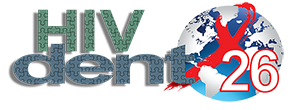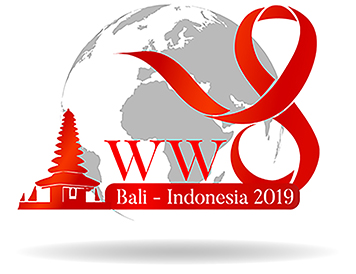Queen Mary University of London, United Kingdom
Abstract
Objectives: To explore current teaching methods and to assess the attitudes of dental students towards HIV.
Method: The teaching involved didactic teaching about HIV to increase knowledge and confidence in diagnosis and management of oral manifestations; to discuss and practice infection control procedures; to consider the issues faced by people living with HIV; to improve confidence in communicating with patients about this subject and to address the dental students' fears and anxieties about HIV. A short cross-sectional survey was also conducted to assess the attitudes of senior dental students toward HIV. Data was collected using an online self-administered questionnaire. Descriptive data analysis was conducted and used to present the data.
Results: The teaching model for HIV used different learning approaches involving didactic, reflective and participatory methods to address the knowledge, attitudinal and skills objectives. Students were taught the guidelines for good infection control, diagnosis and management of general and oral lesions Experiential problem-based work using role- play with actors, feedback and discussion was a key teaching tool. Students try out a variety of situations including raising the possibility of HIV infection, taking a relevant history, giving a diagnosis of Kaposi's sarcoma. Preliminary results show dental students perceive the course to be valuable and there was a general improvement in confidence in their knowledge and ability to communicate with HIV-positive patients
Conclusions: This evaluation suggests the course format and content are appropriate to provide education and training for dental students and supports the value of teaching HIV to undergraduate students.


